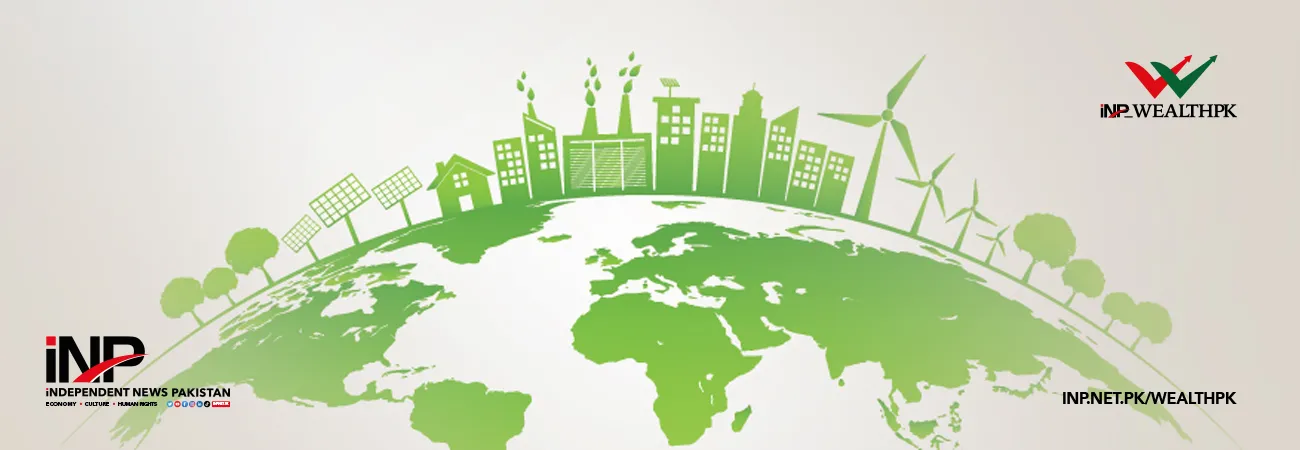INP-WealthPk
Ayesha Saba
By producing higher-value products that are competitive in the international market, Pakistan can tap into new export opportunities, attract foreign investment, and create a more robust and sustainable economy, says an economic expert. “Achieving these outcomes requires a concerted effort from the government, private sector, and relevant stakeholders to invest in research, development, infrastructure, and a supportive business environment for the manufacturing sector to thrive,”said Usman Qadir, senior research economist at Pakistan Institute of Development Economics (PIDE), while talking to WealthPK. “Keeping in view the global trends, a market-driven approach should be put into practice by fulfilling the global demands in which Pakistan could promote its products,” he emphasised. “In addition to being competitive, a country’s exports should be in line with market trends and quality, and be certified on internationally acceptable standards. Connecting Pakistan to the global supply value chain is a major challenge for the government,” said Qadir. He said an increase in exports by adopting the latest technology can lead to economies of scale for the industry.
He said enhancement in the scale of production could help overcome the issue of trade deficit. He said the industry needs to increase its production to meet the demand of foreign buyers. He said that Pakistan’s exportswere limited only to the United States, China, and European countries. According to the Trade Development Authority of Pakistan (TDAP), the US, China and the United Kingdom are the top export destinations for different Pakistani products. “The government should chalk out effective policies to enhance exports. The policies of the government should be consistent so that investors and industrialists can predict the future of their businesses. Frequent change in policies will create uncertainty among investors and traders, and they will be unable to make timely decisions,”Qadir said. An official of the Planning Ministrytold WealthPK that many factors prevent Pakistan from fully utilising its domestic industry, like severe energycrisis, low foreign direct investment, unskilled labour, inadequateinfrastructure, inefficient transport system, and outdated technologies.
“It is a matter of concern that Pakistani exports are going down at a time when thecompetitors are writing new stories of success in the global market. For Pakistani products toappeal to maximum foreign buyers, it is imperative that we diversify our businesses and introducenew products,” he emphasised. “We must develop a regional, product-specific and target-oriented marketing strategy. New markets and new products need to be explored to reduce the country’s dependence on a few commodities and countries,” he added. According to Pakistan Economic Survey 2022-23, During July-March FY23, the performance of large-scale manufacturing (LSM) was in the negative territory, at -8.11% against the growth of 10.61% during the corresponding period last year. During the period under review, four sectors witnessed positive growth, which includes wearing apparel, leather products, furniture, and others (football). The main contributors towards overall negative growth arefood (-1.62), tobacco (-0.57), textile (-3.16), garments (2.94), petroleum products (-0.68), cement (-0.85), pharmaceuticals (-1.30), and automobiles (-1.85).
Credit: INP-WealthPk









